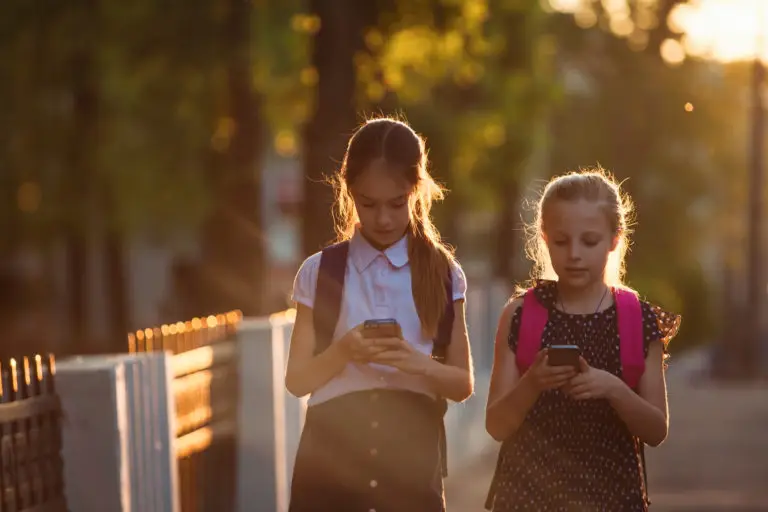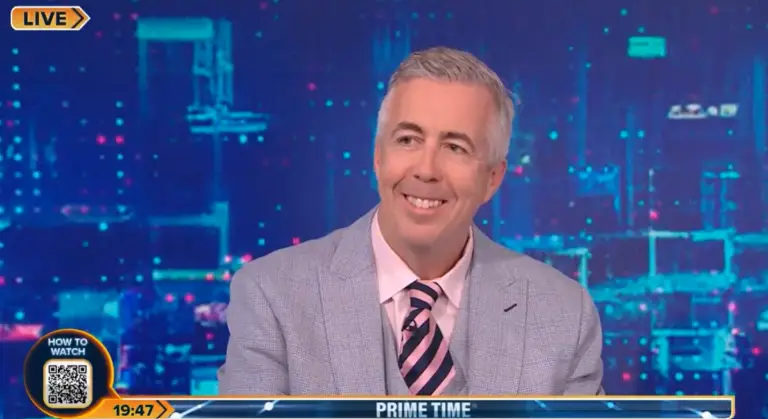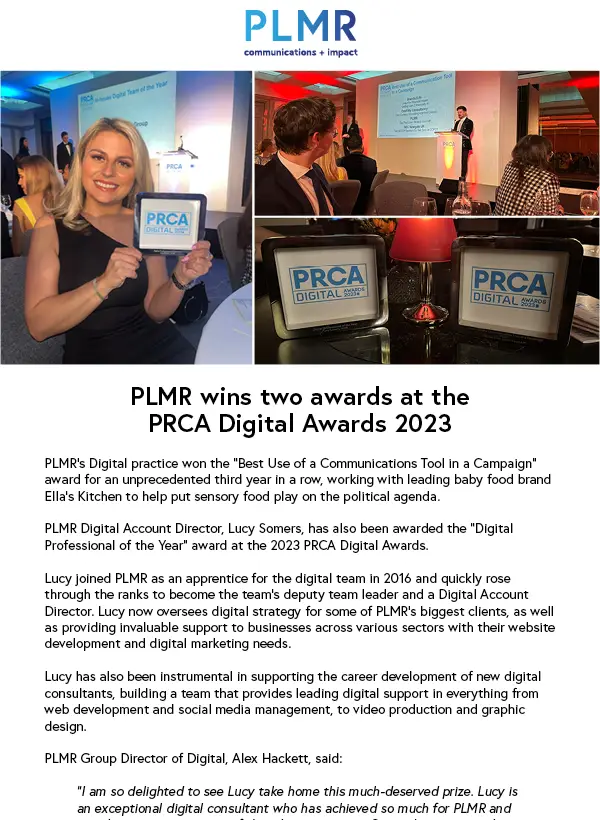With this week being Anti-Bullying Week and last Tuesday signifying ‘International Social Media Kindness Day’, schools would normally be focusing on educating students about being kind and safe online. However, due to a popular trend on the social media website ‘TikTok’, this year the focus has shifted towards online videos targeting schools.
In the past few weeks, a large number of fake or anonymous TikTok accounts have been set up either impersonating or targeting schools and posting inappropriate videos about members of staff. While the Association of School and College Leaders reported receiving more than 50 complaints from school staff dealing with TikTok-related incidents, it is estimated that a much larger number of schools are currently being targeted in this way.
TikTok’s algorithm has perpetuated this problem, as it shows users videos based on similar content they’ve liked, unlike some other social media sites where users mainly consume the content of those they already follow. TikTok’s algorithm enables ideas to quickly spread, leading to an emergence of ‘mock’ videos about different schools and teachers. The content of these videos has ranged from talking about teachers’ appearance to serious allegations of discrimination, assault and sexual misconduct.
While the Department for Education has started engaging with TikTok to negotiate a solution to this issue, there are some measures schools can take to reduce the risk of students uploading these videos.
Communicate the negative impact
- Talk with students about the impact and repercussions that involvement in the making and sharing of this content can have on the victims and wider school community.
- Draw upon real-life examples of the effect that online bullying has on both the perpetrator and the victim, including those drawn from the entertainment world.
Instil a culture of kindness
- When it comes to promoting kindness and anti-bullying, it’s helpful to maintain regular dialogue throughout the year about expectations for behaviour and why, as well as the policies and procedures in place to combat bullying and discrimination. Students who feel concerns they raise will be dealt with effectively and fairly are less likely to take to online forums to complain.
- It’s also helpful to ensure that policies and procedures are reflective of a school’s student population – encouraging them to incorporate their voices and suggestions about how to combat bullying. Creating a culture of mutual respect will benefit both staff and students in the long run.
In the unfortunate case that a school does become the target of this trend, there are steps to take to mitigate the impact.
Report the account
- The first step should be to report the account. This can be done by going to the account and tapping the three dots in the top right corner; it will then give you an option to report. Once you have pressed the report option, you can either report the account or a specific video on the account; you will also have to select a reason for reporting the account e.g. they are pretending to be you or posting inappropriate content.
- Ask as many trusted people as possible to report the account, although be careful about attracting too much attention to the videos as the more views it gets the more likely it is to go ‘viral’.
- While TikTok is known for being unresponsive to attempts to contact their team, persistence is key. Encouragingly, now that TikTok has been made aware of this growing issue and the Government has opened dialogue with them, schools should be able to report these accounts and successfully have them removed more easily.
Communicate with stakeholders
- Inform stakeholders if the school has been made a target of this trend. Ask parents to discuss social media usage and online bullying with their children.
- It would also be helpful to reach out to your local councillors and MP to let them know this is happening and that you are taking actions to address it – it will help them not to assume there is merit to the accusations in the content if they were to come across it.
Don’t aggravate the situation
- Unless there are serious accusations, threats or harassment, or it is a fraudulent account purporting to be the school or staff member, be cautious about publicly threatening litigation or police involvement, as it can further aggravate the situation and result in more people taking an interest in the content of the videos and therefore driving up views.
- If there are concerns, you can contact police to see if they are able to support with the matter. We also often help schools to handle difficult social media situations and advise on ways to engage in de-escalation.
As happens with most internet trends, this one is likely to die out in the coming months and in most cases, it is best dealt with in a way that does not draw attention to the school. Instead, this trend can be used as an opportunity for schools to educate students about internet safety and bullying.
Unfortunately, this is neither the first nor likely the last time students will take to social media to air grievances about their school. It is important to keep up to date with the latest social media platforms popular with students and continue updating school policies and procedures in line with these. It’s also helpful to create safe spaces and opportunities for students to report any hateful comments, videos or accounts.




